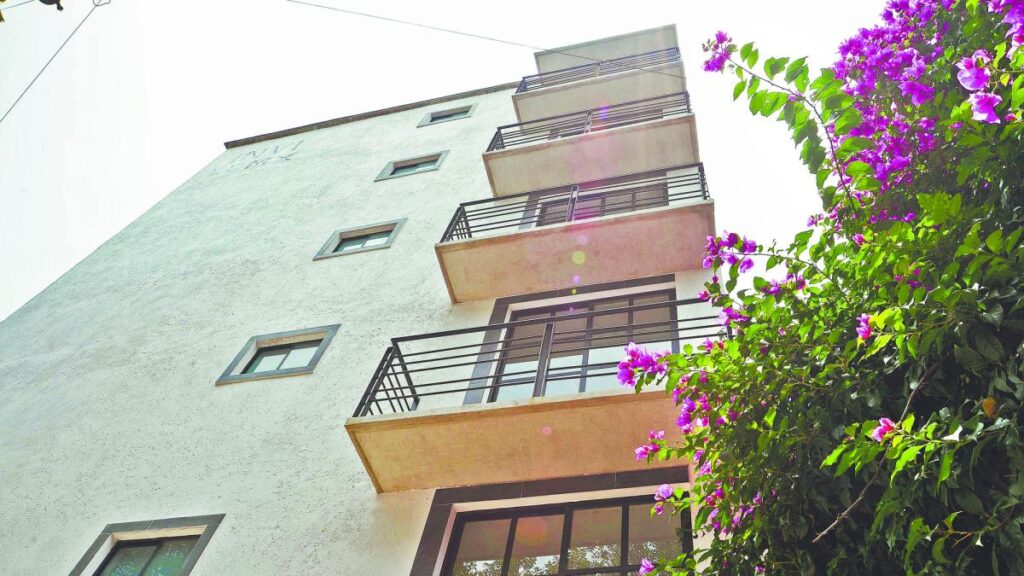Stable Exchange Rate, Controlled Inflation, and Low Interest Rates Benefit Housing Development Financing
In a global economic context marked by volatility, persistent inflation, and geopolitical challenges, Mexico’s bridge financing for housing development shows signs of expansion, fueled by the country’s demographic bonus and the growing need for housing.
Growth in Bridge Financing
According to data from Banco de México (Banxico), by December 2024, commercial banks registered a portfolio of 112.442 million pesos in bridge financing, representing a 46.4% increase compared to 2020 and nearly 20% more than in 2023. By May 2025, the amount reached 118.954 million pesos, confirming the sustained recovery of financing for real estate developments following the slowdown caused by the COVID-19 pandemic.
Supportive Factors for Bridge Financing
Ernesto Fragoso, Director Corporate of Business and Wealth Banking at Banco Inmobiliario Mexicano (BIM), explained that despite fluctuations, the current scenario for bridge financing benefits from a stable exchange rate, more controlled inflation, and a downward cycle of interest rates.
Fragoso emphasized that, although the imposition of tariffs by the US government has caused concern in some sectors, housing in Mexico is for domestic consumption, so this factor would have little impact on the industry’s dynamics.
“It is important to highlight that in Mexico we do not export houses. Housing is for domestic consumption, and there is a housing deficit of 8 million homes, which gives us a huge field for growth,” he stressed.
Alignment with Government Programs
One of the strategies for the real estate financing sector will be to capitalize on the momentum of the Federal Government’s Housing Welfare Program. Since this initiative focuses on social housing construction, banks plan to support private companies addressing other segments.
According to Fragoso, private banking contributes to financing approximately 250,000 homes annually: “We applaud the one million homes that the federal government will build, but by the end of the six-year term, there will still be a high housing demand, that’s where we come in to support developers,”
Banco Multiva’s Efforts in the Real Estate Sector
Banco Multiva has decided to intensify its efforts in this market, identifying the real estate sector as a key generator of economic spillover, supported by Mexico’s demographic bonus.
“The real estate sector is capital-demanding by definition, affected by interest rates. However, we see a massive opportunity in line with Plan México and the Federal Government’s Housing Welfare Program,” said Federico Pizarro, Director Executive of Real Estate Banking at Multiva.
Multiva projects investing 170,000 million pesos in credit over the next three years, with a portion dedicated to real estate financing. The bank expects a gradual reduction in the reference rate, allowing them to offer bridge financing at nominal rates close to 12.50 percent.
Risks and Alliances
While the outlook for bridge financing is promising, risks still exist in the ecosystem that do not directly depend on the real estate industry. Experts warn about international economic and political uncertainty, along with internal factors like the complexity of obtaining construction permits and licenses.
According to Multiva’s director, current bureaucracy is identified as a key opportunity area to unlock developers’ potential and enable the bank and other organizations to strengthen their housing financing capacity.
Key Questions and Answers
- What is bridge financing, and why is it important in Mexico’s housing development sector? Bridge financing, or temporary loans, is crucial for developers to cover costs during the construction phase of housing projects. In Mexico, it has shown significant growth due to a stable exchange rate, controlled inflation, and low-interest rates.
- How does the Federal Government’s Housing Welfare Program impact bridge financing? The program focuses on social housing construction, prompting private banks to support developers addressing other real estate segments. This collaboration ensures a sustained demand for housing financing.
- What role does Banco Multiva play in Mexico’s real estate sector? Banco Multiva recognizes the real estate sector as a significant economic spillover generator. They plan to invest 170,000 million pesos in credit over the next three years, with a portion dedicated to real estate financing.
- What risks does the bridge financing sector face in Mexico? Despite promising growth, risks remain due to international economic and political uncertainty and internal factors like complex permit and license acquisition processes.






